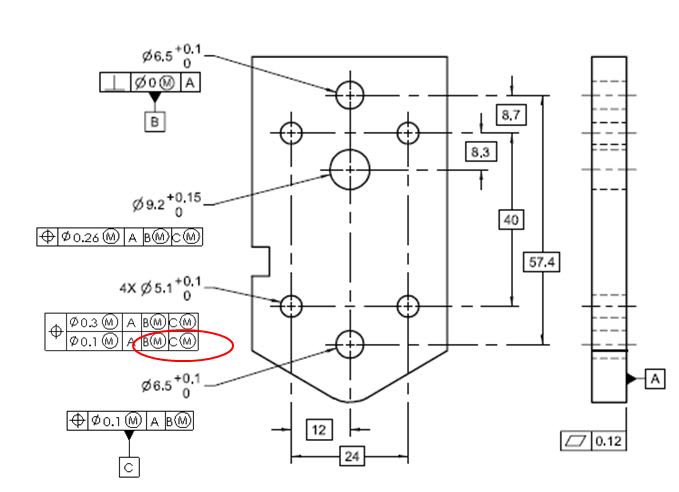aniiben
Mechanical
- May 9, 2017
- 158
Does the addition of B secondary and C tertiary in the lower segment of the composite (FRTZF) brings any value to the callout? If yes, what is the value added?
What would be the differences between only A primary shown in the lower segment (FRTZF) on the composite versus what is shown on the embedded picture and circled in red?

What would be the differences between only A primary shown in the lower segment (FRTZF) on the composite versus what is shown on the embedded picture and circled in red?

